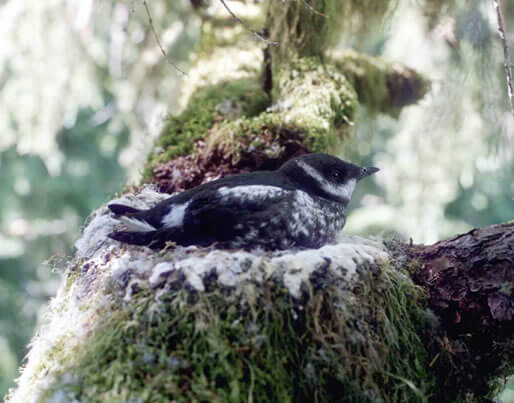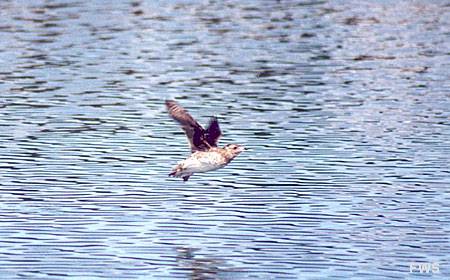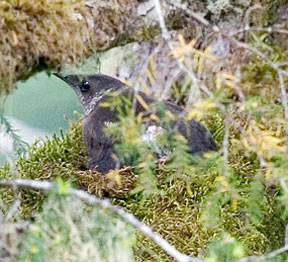It spends the majority of its time on the ocean restingoosting and feeding but comes inland up to 80 kilometers 50 miles to nest in forest stands with old growth forest characteristics.
Marbled murrelet species profile.
They are members of the same family as auks puffins and murres.
Marbled murrelets depend on both marine and forest habitat.
The marbled murrelet a small seabird that nests in large conifer trees is a federally threatened species covered by the washington state department of natural resources dnr s trust lands habitat conservation plan hcp.
Males and females have sooty brown upperparts with dark bars.
T he marbled murrelet is a small pacific seabird belonging to the family alcidae.
Underparts are light mottled brown.
The marbled murrelet is a small robin sized diving seabird that feeds primarily on fish and invertebrates in near shore marine waters.
Marbled murrelets are in the same family as auklets puffins and murres.
The canadian marbled murrelet recovery team developed a recovery strategy to be compliant with the canadian species at risk act environment canada 2014.
This came on the heels of more than a century of searching by early ornithologists for the elusive murrelet nest.
In 1974 at california s big basin redwood state park the marbled murrelet the enigma of the pacific won the distinction of being the last bird species in the united states to have its nesting site discovered.
During the breeding season they have mottled brown plumage.
These birds have slender black bills long narrow wings and short tails.
In winter they have black and white plumage and conspicuous white wing patches.
They are fast fliers with rapid wingbeats and short wings.
Marbled murrelets are small seabirds.
Fws s threatened endangered species system track information about listed species in the united states.
The murrelet comes ashore only during the breeding season to lay and incubate one egg and to feed the nestling.
Murrelets are general found in near shore waters within 3 miles from the coast with nesting areas nearby.
All members of the alcid family swim under water propelling themselves with their wings much like their penguin counterparts in the southern hemisphere.
This lays out the general strategy for population stability population reduction between 2002 and 2032 not to exceed 30 of the 2002 population and this decline is linked to similar limited decline in available suitable nesting habitat.


























